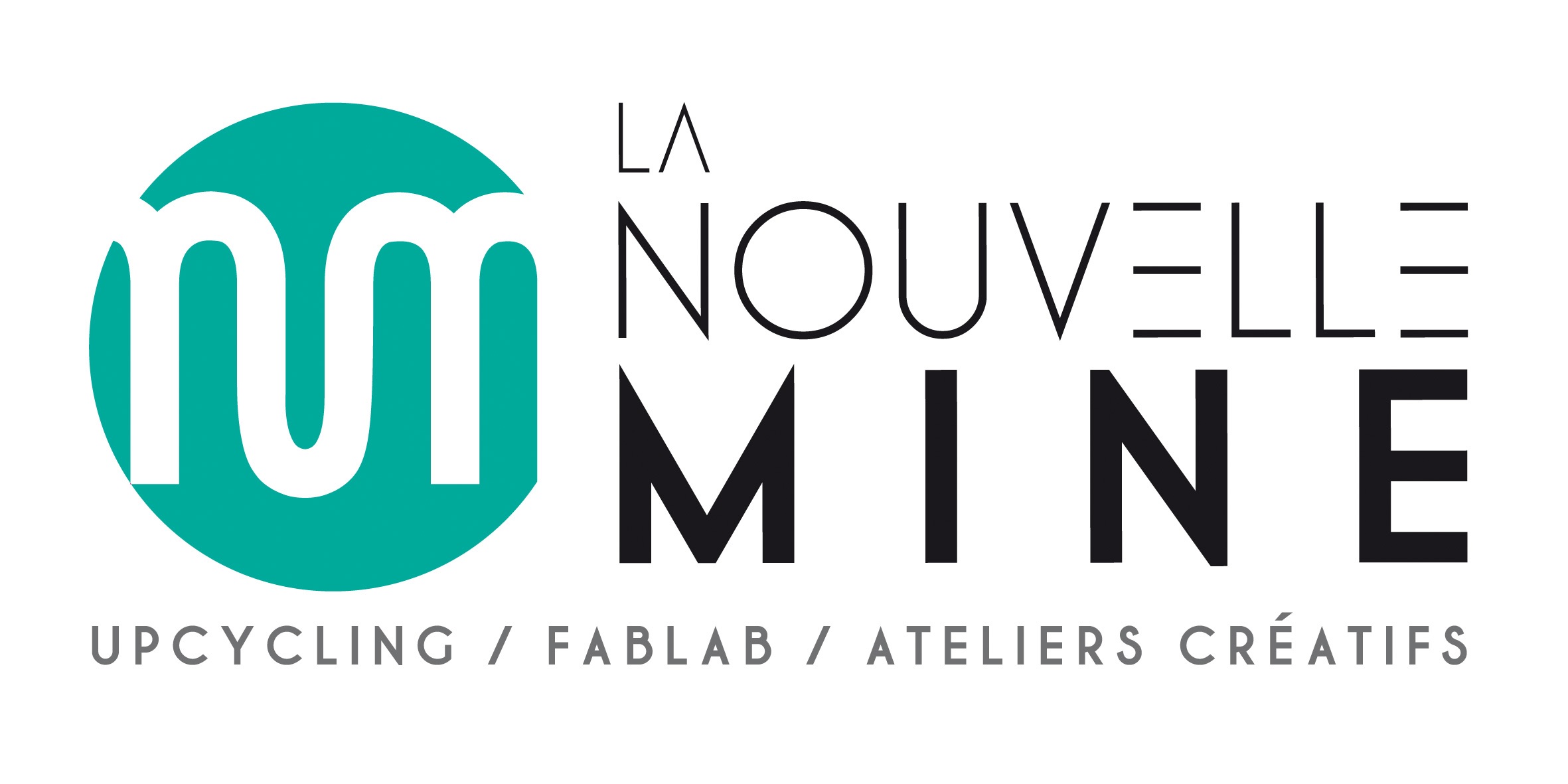Having a memory of past activities permits us to just take smarter conclusions concerning the future
The capacity to retailer and recover details presents an organism a transparent advantage when searching for food items or averting destructive environments. Ordinarily it’s been attributed to organisms which have a anxious procedure.A brand new research authored by Mirna Kramar (MPI-DS) and Prof. Karen academic center for evidence based practice Alim (TUM and MPI-DS) issues this perspective by uncovering the stunning qualities of a tremendously dynamic, single-celled organism to store and retrieve specifics about its environment.
The slime mould Physarum polycephalum continues to be puzzling researchers for a lot of decades. Existing within the crossroads around the kingdoms of animals, crops and fungi, this one of a kind organism presents insight to the early evolutionary history of eukaryotes — to which also individuals belong.Its body is really a huge single cell constructed up of interconnected tubes that sort intricate networks. This one amoeba-like mobile might stretch a few centimeters and even meters, showcasing since the biggest cell on this planet during the Guinness E-book of Environment Documents.The placing capabilities within the slime mold to unravel complex dilemmas, similar to finding the shortest path through a maze, attained it the attribute « intelligent. » It intrigued the research group and kindled inquiries about resolution doing over the most simple amounts of living.The decision-making ability of Physarum is particularly intriguing on condition that its tubular network relentlessly undergoes speedily reorganization — escalating and disintegrating its tubes — whilst fully missing an organizing middle.
The scientists learned which the organism weaves recollections of foodstuff encounters immediately in the architecture in the network-like body and employs the saved details when doing future choices. »It is incredibly stimulating every time a assignment develops from the uncomplicated experimental observation, » says Karen Alim, head of the Biological Physics and Morphogenesis team on the MPI-DS and professor on Idea of Organic Networks for the Technical University of Munich.When the scientists followed the migration and feeding approach of your organism and noticed a distinct imprint of a foodstuff resource in the pattern of thicker and thinner tubes for the community prolonged when feeding.
« Given P. polycephalum’s really dynamic community reorganization, the persistence of this imprint sparked the idea that the network architecture by itself could provide as memory of your earlier, » says Karen Alim. Nonetheless, they to begin with needed to describe the system driving the imprint development.For this intent the researchers blended microscopic observations in the adaption of the tubular network with theoretical modeling. An encounter with food triggers the release of the chemical that travels in the position the place meal was discovered all over the organism and softens the tubes during https://literaturereviewwritingservice.com/ the network, building the entire organism reorient its migration to the foods.
« The gradual softening is where the prevailing imprints of earlier meals resources appear into play and in which data is saved and retrieved, » states earliest creator Mirna Kramar. « Past feeding gatherings are embedded during the hierarchy of tube diameters, mainly on the arrangement of thick and thin tubes from the network. » »For the softening chemical that is now transported, the thick tubes with the community act as highways in customers networks, https://odee.osu.edu/program-60/searching-for-courses enabling short transportation through the entire organism, » provides Mirna Kramar. « Previous encounters imprinted inside the community architecture therefore weigh into your final decision with regards to the long term route of migration. »
